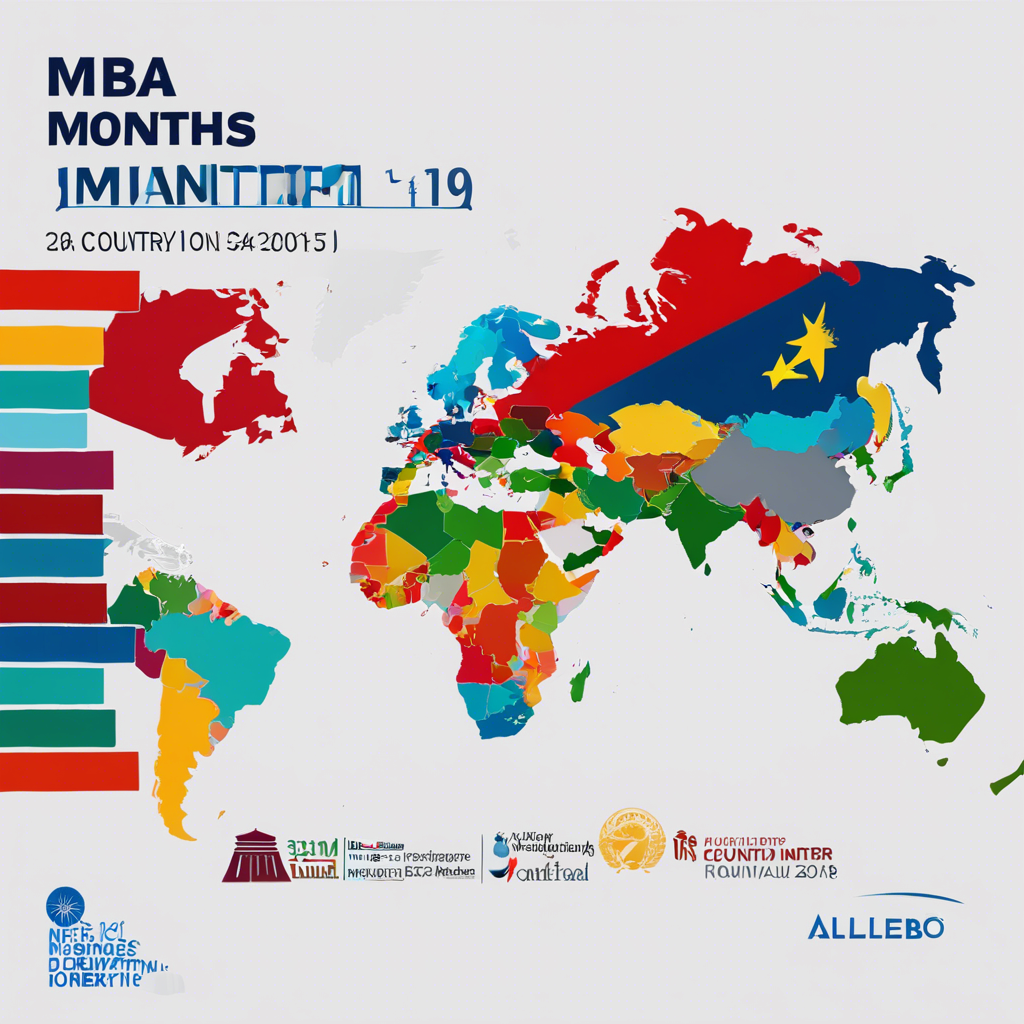As we delve into the world of business education, the choice of when to start an MBA program can vary greatly depending on the country in which you are seeking to study. Different countries have different intake months for MBA programs, each with its own unique advantages and considerations. Understanding these variations can help prospective students make informed decisions about when to apply and begin their MBA journey.
In the United States, MBA programs typically have multiple intake months throughout the year, with the most common intakes occurring in the fall and spring. The fall intake, which usually begins in August or September, is popular among students who have recently completed their undergraduate degrees and are looking to start their MBA studies promptly. On the other hand, the spring intake, typically starting in January, appeals to those who prefer to start their programs at the beginning of the calendar year.
In the United Kingdom, MBA intake months also vary, with many business schools offering multiple start dates to accommodate different preferences. The most common intake months in the UK are September and January, aligning with the academic calendar and providing students with options to begin their studies in the fall or winter.
Moving to Europe, countries like France and Germany have unique MBA intake months that often differ from the traditional fall and spring intakes. In France, many MBA programs start in September, following the European academic calendar. Meanwhile, in Germany, some business schools offer rolling admissions, allowing students to start their MBA studies at various points throughout the year.
In Asia, countries such as China and India have their own distinct MBA intake months that cater to local and international students. In China, MBA programs often start in the fall, aligning with the country’s academic calendar and providing students with a structured timeline for their studies. In contrast, India’s MBA intake months can vary widely depending on the institution, with some schools offering intakes in the fall, spring, and even summer.
Australia and New Zealand also have unique MBA intake months, with many business schools in these countries offering multiple start dates to accommodate the diverse needs of students. The most common intake months in Australia are February and July, allowing students to begin their studies in either the first or second half of the year. Similarly, in New Zealand, MBA programs often start in February and July, providing students with flexibility in choosing when to embark on their business education journey.
In South America, countries like Brazil and Argentina have their own MBA intake months that reflect the region’s academic calendar and cultural preferences. In Brazil, MBA programs typically start in February or March, aligning with the start of the academic year. Meanwhile, in Argentina, MBA intake months can vary by institution, with some schools offering intakes in the fall and spring to accommodate different student preferences.
Understanding the MBA intake months by country is crucial for prospective students looking to pursue a business education abroad. By considering the unique characteristics of each country’s intake months, students can make informed decisions about when to apply and start their MBA programs. Whether it’s the structured fall intake in the US, the diverse start dates in the UK, or the varied options in Asia and beyond, knowing the intake months by country can help students navigate the complex landscape of business education and embark on a successful MBA journey.
